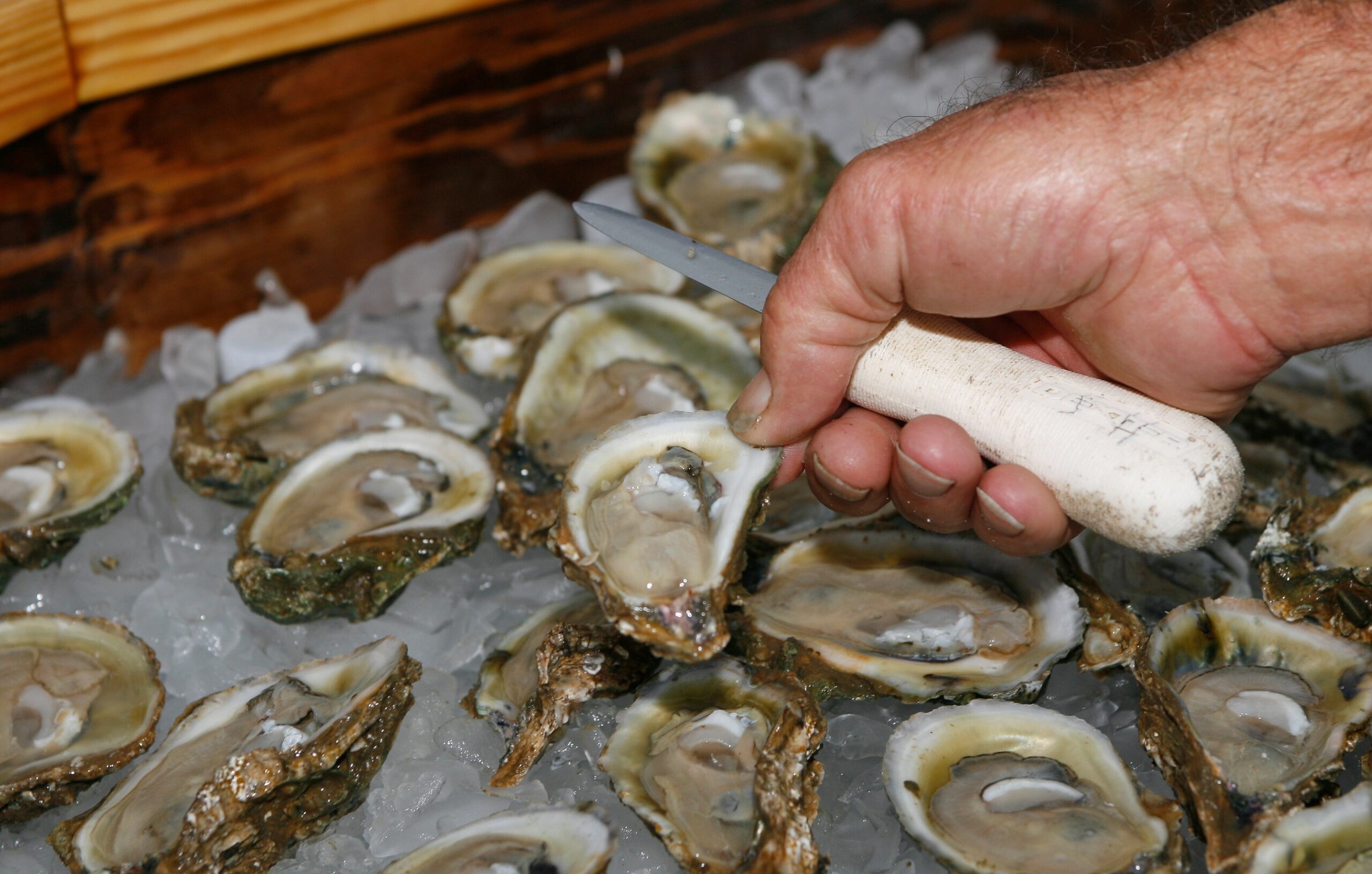TALLAHASSEE, FL.A proposal to reopen Apalachicola Bay for oyster harvesting has received preliminary clearance from Florida wildlife regulators, five years after the waters were closed because of declining shellfish numbers.
An area that historically produced 90% of the state’s oysters and 10% of the country’s oysters suffered a setback when the bayalong, also known as Florida’s Forgotten Coast, was closed.
Suggested Videos
As one of society’s oldest enterprises deals with warming waters, global appetites, and overfishing, fish and shellfish populations have declined to dangerously low levels worldwide.
The Apalachicola River and the bay it empties into have been depleted in recent years by drought waves, the water demands of metro Atlanta, and farms upstream. These elements, along with overfishing and predation, contributed to the collapse of oyster productivity and the fishery’s five-year shutdown in 2020.
With restrictions on the quantity and size of oysters that can be harvested and the reefs from which they can be harvested, state regulators believe populations have now recovered sufficiently to permit a restricted reopening for commercial and recreational harvesting.
The reopening is much anticipated by Ricky Jones, the chair of the Franklin County board of commissioners, which oversees the bay.
Jones answered, “I know that’s not possible, but tomorrow would be a good day.”
The next oyster season is scheduled to begin on January 1, 2026, and the Florida Fish and Wildlife Conservation Commission is anticipated to confirm the conditions of the possible reopening at a meeting in November.
The town of Apalachicola, which has had to reinvent itself over the past 200 years, depends on the once-thriving oyster industry. As the cotton business expanded in the 1830s, the town surpassed only Mobile, Alabama, and New Orleans as the third-largest port on the Gulf of Mexico.
Apalachicola Bay is losing a way of life for generations of commercial fishermen, but the town still boasts one of the remaining historic working waterfronts in a state where most of the scenic coastline has long been replaced by high-rise condos and strip mall souvenir shops.
Tourists have long traveled to Apalachicola, which has a population of 2,341 and is known to the locals as Apalach, to enjoy waterfront views at restaurants that serve the freshly shucked shellfish because of the town’s famously sweet and plump mollusks, which are highly valued outside of the region. Those oysters have probably been transported in from Louisiana or Texas lately.
Jones hopes that the bay’s reopening will contribute to the return of local fisherman.
We want to see people working and doing it again because it’s a part of who we are, Jones added.
___ Kate Payne is a member of the Statehouse News Initiative’s Report for America/Associated Press corps.A nonprofit national service initiative called Report for America places reporters in local newsrooms to explore topics that aren’t often covered.








